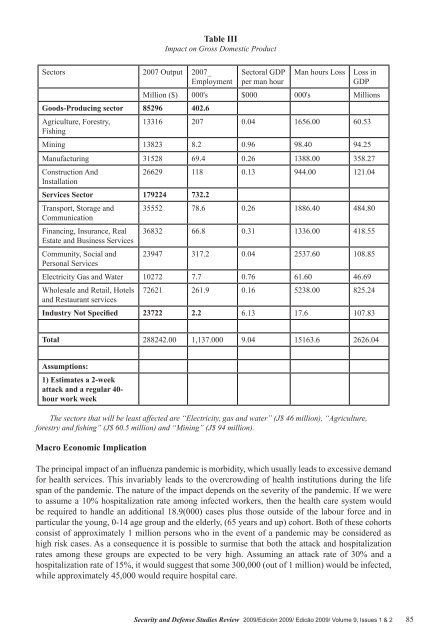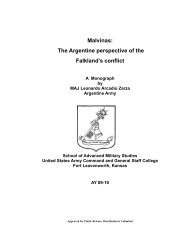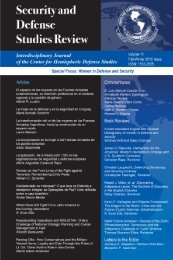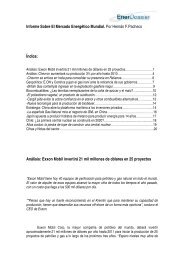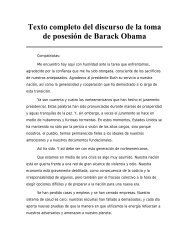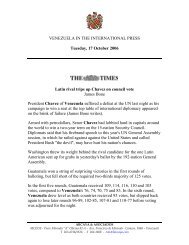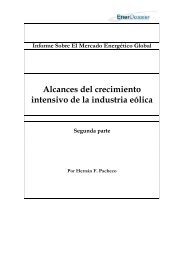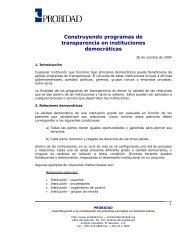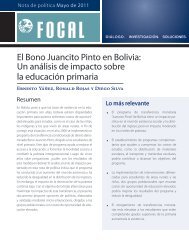Security and Defense Studies Review - Offnews.info
Security and Defense Studies Review - Offnews.info
Security and Defense Studies Review - Offnews.info
Create successful ePaper yourself
Turn your PDF publications into a flip-book with our unique Google optimized e-Paper software.
Table IIIImpact on Gross Domestic ProductSectors 2007 Output 2007_EmploymentGoods-Producing sector 85296 402.6Agriculture, Forestry,FishingSectoral GDPper man hourMan hours LossLoss inGDPMillion ($) 000's $000 000's Millions13316 207 0.04 1656.00 60.53Mining 13823 8.2 0.96 98.40 94.25Manufacturing 31528 69.4 0.26 1388.00 358.27Construction AndInstallationServices Sector 179224 732.2Transport, Storage <strong>and</strong>CommunicationFinancing, Insurance, RealEstate <strong>and</strong> Business ServicesCommunity, Social <strong>and</strong>Personal Services26629 118 0.13 944.00 121.0435552 78.6 0.26 1886.40 484.8036832 66.8 0.31 1336.00 418.5523947 317.2 0.04 2537.60 108.85Electricity Gas <strong>and</strong> Water 10272 7.7 0.76 61.60 46.69Wholesale <strong>and</strong> Retail, Hotels<strong>and</strong> Restaurant services72621 261.9 0.16 5238.00 825.24Industry Not Specified 23722 2.2 6.13 17.6 107.83Total 288242.00 1,137.000 9.04 15163.6 2626.04Assumptions:1) Estimates a 2-weekattack <strong>and</strong> a regular 40-hour work weekThe sectors that will be least affected are “Electricity, gas <strong>and</strong> water” (J$ 46 million), “Agriculture,forestry <strong>and</strong> fishing” (J$ 60.5 million) <strong>and</strong> “Mining” (J$ 94 million).Macro Economic ImplicationThe principal impact of an influenza p<strong>and</strong>emic is morbidity, which usually leads to excessive dem<strong>and</strong>for health services. This invariably leads to the overcrowding of health institutions during the lifespan of the p<strong>and</strong>emic. The nature of the impact depends on the severity of the p<strong>and</strong>emic. If we wereto assume a 10% hospitalization rate among infected workers, then the health care system wouldbe required to h<strong>and</strong>le an additional 18.9(000) cases plus those outside of the labour force <strong>and</strong> inparticular the young, 0-14 age group <strong>and</strong> the elderly, (65 years <strong>and</strong> up) cohort. Both of these cohortsconsist of approximately 1 million persons who in the event of a p<strong>and</strong>emic may be considered ashigh risk cases. As a consequence it is possible to surmise that both the attack <strong>and</strong> hospitalizationrates among these groups are expected to be very high. Assuming an attack rate of 30% <strong>and</strong> ahospitalization rate of 15%, it would suggest that some 300,000 (out of 1 million) would be infected,while approximately 45,000 would require hospital care.<strong>Security</strong> <strong>and</strong> <strong>Defense</strong> <strong>Studies</strong> <strong>Review</strong> 2009/Edición 2009/ Edicão 2009/ Volume 9, Issues 1 & 2 85


